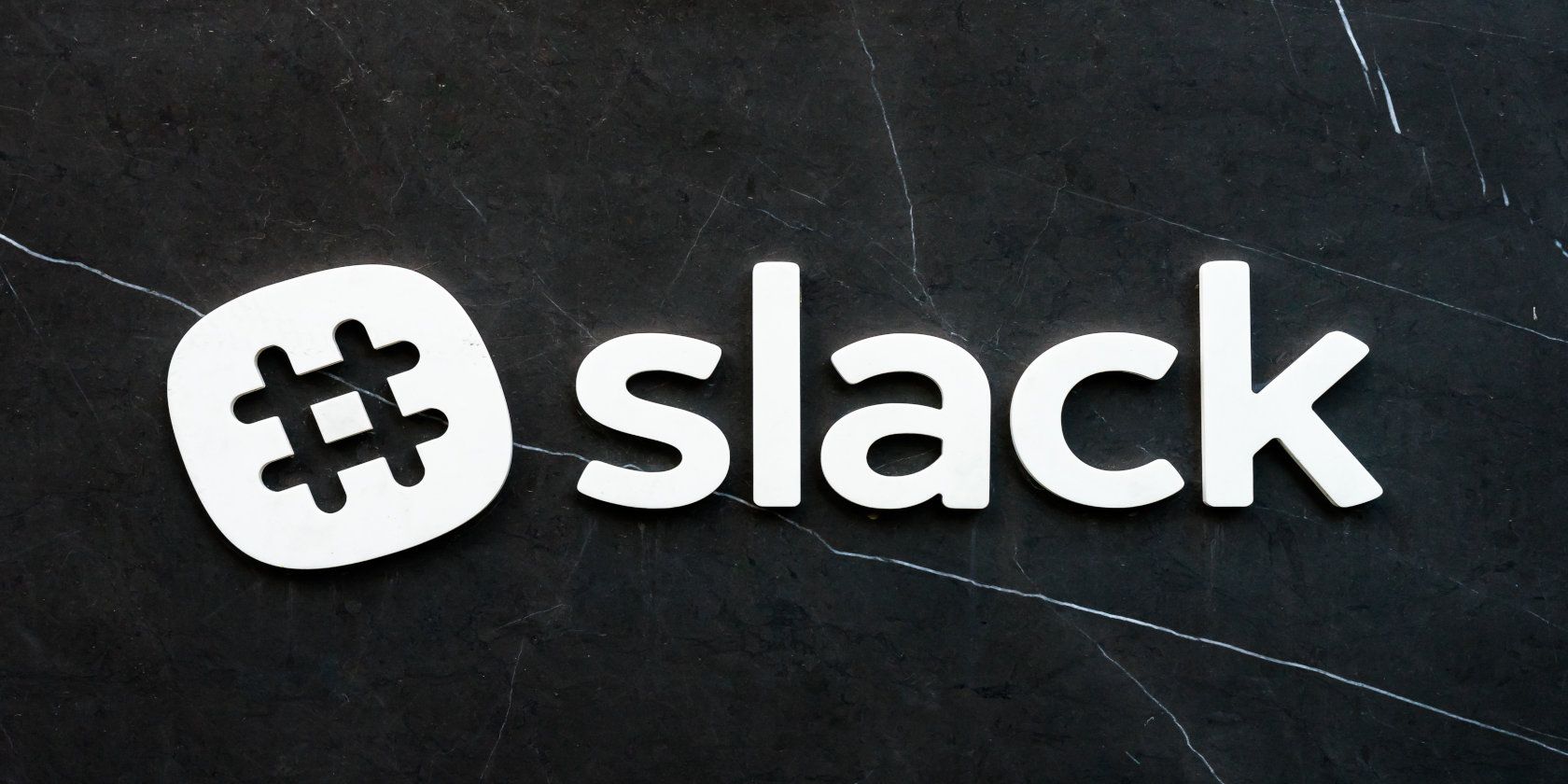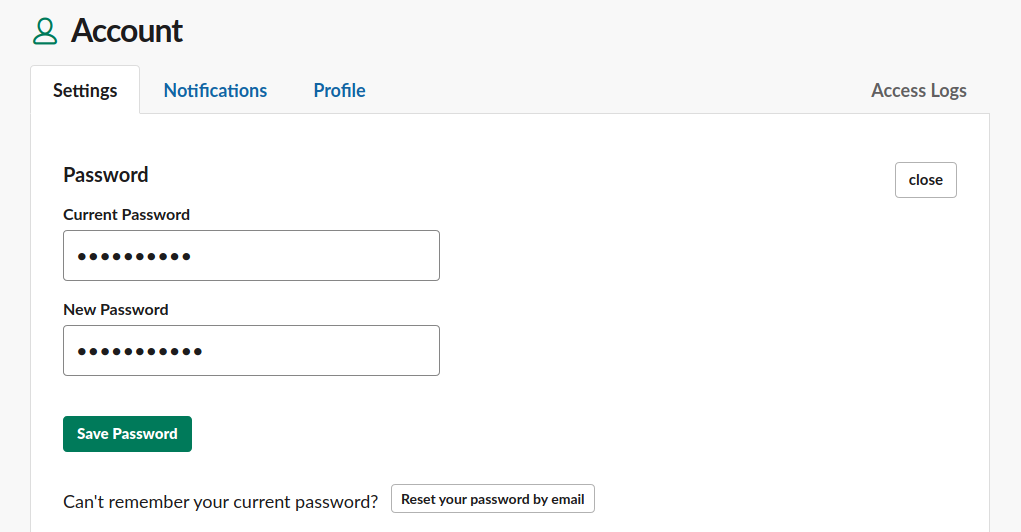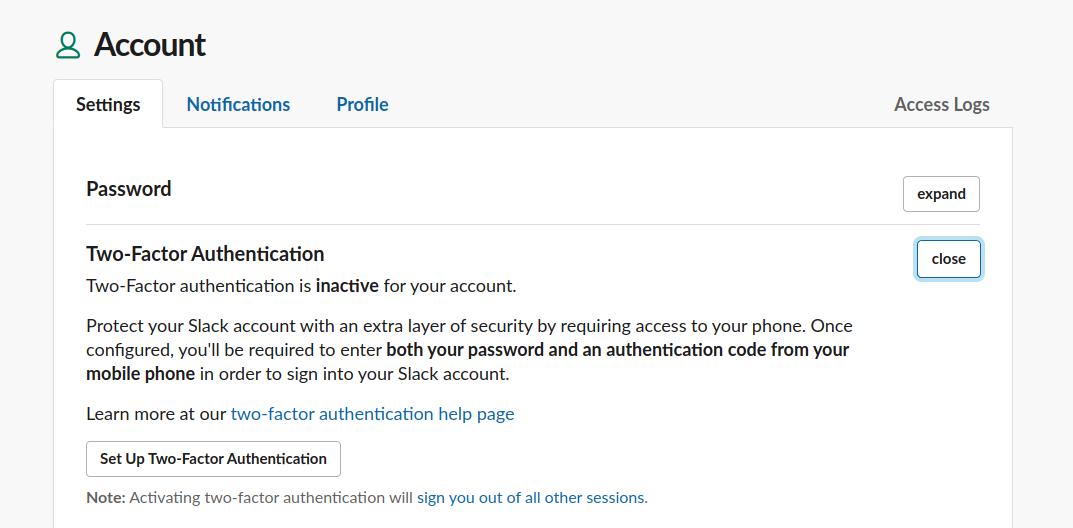Slack is an incredibly popular team communication platform. With an increase in remote workers, many rely on it every day.
It offers many features suitable for both enterprises and small teams. You can opt to use it for free or get the premium plan to unlock advanced features useful for big teams.
With over 10 million active users, malicious attempts to use Slack to spread malware are increasing every year. Here are the most common types of security risks that you need to be aware of, with tips on how to protect your Slack workspace.
Common Security Risks on Slack
No matter whether you are an admin managing a workspace or a team member using the platform to communicate, every user is vulnerable to some form of attack in Slack.
Here are some of the common threats that you need to keep an eye on:
- Keyloggers.
- Ransomware.
- Phishing.
- Social engineering.
So how can you protect workers, peers, and friends on Slack? Here are a few simple techniques to secure your Slack account.
1. Use a Strong Password
The first point of access is always your account. If you secure your account with a strong password, cybercriminals cannot easily gain access to the workspaces you connect to.
While you can use password strength checker tools for your preferred passphrase, it is always recommended you go for an alphanumeric combination with special characters like !, #, $, etc.
Moreover, you can add a variety of uppercase and lowercase letters to add complexity.
An example of that can be M@k3U$e0f
It is worth noting that strong passwords may not be the easiest ones to remember. So, you can try some of the best password managers to save and auto-fill passwords without remembering them.
2. Set Up Two-Factor Authentication
Once you have a strong password for your account, you should also enable two-factor authentication (2FA).
To do this, head to your account settings and then follow the instructions to enable two-factor authentication.
With 2FA enabled, the attacker will need to enter a code from your smartphone even if your password has been compromised. It's simply an extra layer of security for your account.
3. Never Click Links You Don't Trust
No matter whether you receive a direct message or something in a channel, do not click on links from a user that you do not trust.
Even if it is a link from your colleague, always stay cautious when clicking a link that asks you to enter your information or download something.
Furthermore, do not click on CDN links which are publicly accessible links to files that you upload to Slack. It might look harmless, but you could end up downloading malware.
https://files.slack.com/files-pri/xyz/install.exe
4. Do Not Share Personal Information on Slack
To prevent anyone from misusing your data, you should avoid sharing any important piece of information on Slack.
You can obviously chat to someone via direct messages and you might reveal some personal details, but do not share anything directly in a channel or with anyone you do not trust.
5. Manage Active and Invited Users
To prevent potential malicious spam attacks, you need to only invite the users you know.
This eliminates the chances of having a malicious attacker in your workspace. However, in the case of a big team, you might end up having many inactive users.
You also need to regularly remove inactive users and stick to active users in your workspace.
6. Limit Access to Your Workspace
If you are an admin and manage a workspace with many users, you can enforce limits on users who do not need to access certain information or channels.
You can also use guest accounts, which restrict access to certain channels by default.
If you want to explore more security tips for Slack administrators, you may refer to their official help resource.
Protect Your Slack Workspace for Secure Communication
You should always follow the basic security practices, but you also need to encourage other users or admins in your workspace to learn more about them.
Generally, Slack is a secure communication platform, but you will find malicious attackers on any service you interact with.



